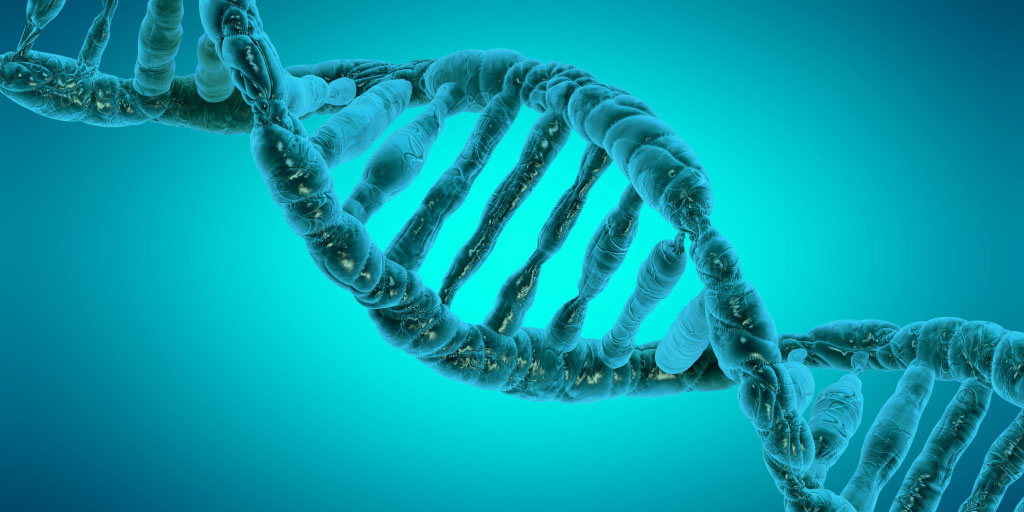According to a recent study of twins, regular exercise can alter not just waistlines but also the chemicals in the body that control how genes function. According to a Washington State University study that was published in the journal Scientific Reports, identical twin pairs with more physically active siblings had fewer metabolic illness symptoms as indicated by waist circumference and body mass index. Additionally, this was tied to variations in their epigenomes—the molecular mechanisms that are located close to DNA and unrelated to DNA sequence yet affect gene expression. Epigenetic markers associated with reduced metabolic syndrome, a condition that can result in heart disease, stroke, and type 2 diabetes, were found in the more active twins.
The study reveals that signs of metabolic illness are substantially impacted by a person’s interactions with their environment as opposed to only their inherited DNA because identical twins have the same genetic makeup.
“The findings provide a molecular mechanism for the link between physical activity and metabolic disease,” said Michael Skinner, WSU biologist and the study’s corresponding author. “Physical exercise is known to reduce the susceptibility to obesity, but now it looks like exercise through epigenetics is affecting a lot of cell types, many of them involved in metabolic disease.”
Through the Washington State Twin Registry, the researchers obtained cheek swabs from 70 sets of identical twins who also took part in a study on exercise.
Data on the twins were gathered by a team under the direction of WSU Professor and Registry Director Glenn Duncan from 2012 to 2019. They evaluated the individuals’ waistlines and body mass indices as well as their physical activity levels using fitness trackers. The twins provided survey responses on their communities and way of life as well.
On measures of physical activity, neighbourhood walkability, and body mass index, it was discovered that several of the twin pairs were discordant, meaning they were different from one another. The cells in the cheek swabs from the discordant twins were examined by Skinner’s lab, and this indicated epigenetic variations as well. The twin in the discordant pair who engaged in more than 150 minutes of physical activity per week showed epigenetic changes in regions of the DNA methylation that were associated with a lower body mass index and waist circumference.
Additionally, those areas are linked to more than fifty genes that have already been identified as being unique to strenuous exercise and metabolic risk factors. Scientists have previously noted that the majority of identical twins develop different diseases as they get older even though they have the same genes. Epigenetics may help explain the reason why, said Skinner. “If genetics and DNA sequence were the only driver for biology, then essentially twins should have the same diseases. But they don’t,” said Skinner. “So that means there has to be an environmental impact on the twins that is driving the development of disease.”





